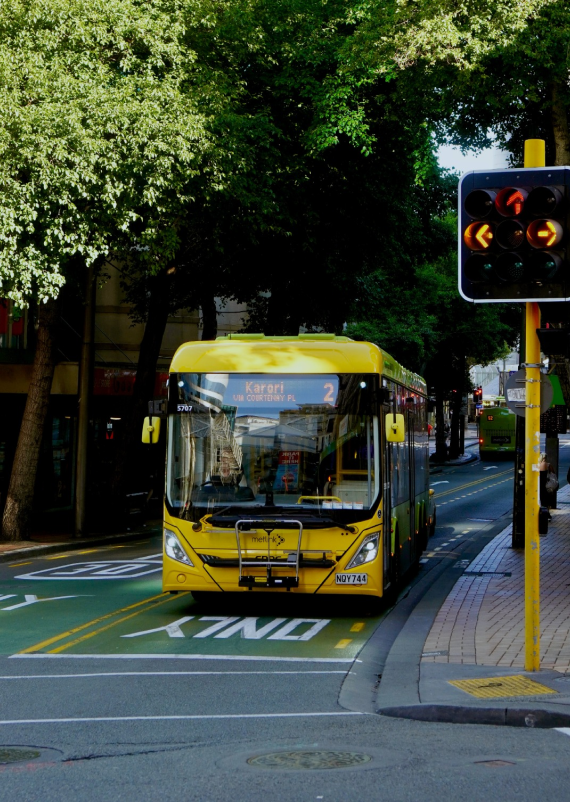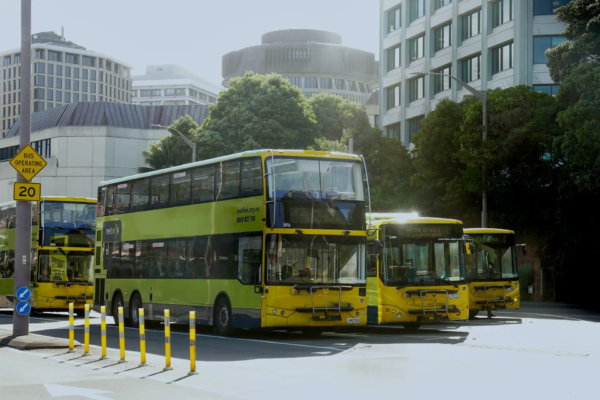5 Carsharing Services
5.0.1 Description
Carsharing refers to automobile rental services intended to substitute for private vehicle ownership. Their vehicles are generally located in residential areas, priced by the hour, with convenient (generally automated) pick-up and drop-off procedures. This makes occasional use of an automobile affordable, even for low-income households, and by allowing households to reduce their vehicle ownership it provides an incentive to reduce driving and rely more on alternative modes.
5.0.3 How travel and emission effects can be measured and modelled
Carsharing impacts can be analyzed based on case studies of successful carshare services, and by analyzing the differences in vehicle travel by households with different levels of vehicle ownership, to predict the vehicle travel and emission reductions likely to result when carsharing allows households to reduce their vehicle ownership.
Various studies have found that, although carsharing can increase travel for some users, by reducing the need for households to own vehicle, it tends to reduce overall vehicle travel (Lovejoy, Handy and Boarnet 2014). Because its variable costs are 2-10 times higher than for a personal automobile, users tend to reduce their driving. Overall travel reductions depend on what portion of Carshare participants would otherwise own a personal automobile and which portion would otherwise not own an automobile. Most studies suggest that carsharing typical results in a net reduction in per capita driving among participants that averages 40-60%, but this varies depending on the demographics of participants and the quality of travel options in a community. Clewlow (2015) found that in dense urban neighborhoods, households with carsharing membership own 40% fewer vehicles and drive 33% fewer annual miles than a control group.
Martin and Cohen (2016) found that each carshare vehicle reduced 9 to 13 personal vehicles. About 70% of total surveyed households increased their vehicle travel by a small amount (carsharing allowed them to drive more than they otherwise would), while 30% reduced their vehicle travel by a large amount (carsharing allowed their household to own fewer vehicles, and therefore reduced their annual vehicle mileage), resulting in significant net vehicle travel reductions overall.
5.0.4 Secondary impacts
By reducing vehicle ownership, carsharing provides direct savings to households and reduces their residential parking costs. By reducing vehicle ownership and use, it reduces traffic problems.
5.0.5 Key Information sources
Carsharing Net (www.carsharing.net)
Provides a wide range of information on carsharing.
Ciari, Francesco (2012), Estimation of Carsharing Demand Using An Activity-Based Microsimulation Approach: Model Discussion and Some Results, International Journal of Sustainable Transportation, Vol. 7, No. 1, pp. 70-84.
Cohen, Adam & Shaheen, Susan. (2016). Planning for shared mobility. 2016. 1-106.
Clewlow, Regina R. (2015), Carsharing and Sustainable Travel Behavior: Results from the San Francisco Bay Area, Precourt Energy Efficiency Center, Stanford University; at www.reginaclewlow.com/pubs/Clewlow_CS_2015.pdf.
ITF (2015), A New Paradigm for Urban Mobility: How Fleets of Shared Vehicles Can End the Car Dependency of Cities, International Transport Forum (www.internationaltransportforum.org); at https://bit.ly/2Wq0a7Q.
Lovejoy, Kristin, Susan Handy and Marlon G. Boarnet (2014), Technical Background Document on Impacts of Carsharing Based on a Review of the Empirical Literature, California Air Resources Board (www.arb.ca.gov); at https://arb.ca.gov/cc/sb375/policies/policies.htm.
Martin, Elliot, Susan A. Shaheen, and Jeffrey Lidicker (2011), Impact of Carsharing on Household Vehicle Holdings: Results from North American Shared-Use Vehicle Survey, Transportation Research Record 2143, Transportation Research Board (www.trb.org), pp. 150–158; at http://bit.ly/2u7szBT; summary at http://bit.ly/2tE01wd.
Nansubuga, B., & Kowalkowski, C. (2021). Carsharing: A systematic literature review and research agenda. Journal of Service Management, 32(6), 55–91. https://doi.org/10.1108/JOSM-10-2020-0344
Review of literature on carsharing, including types of systems, demand factors and user behaviour.
Rivasplata, Charles et al. (2012), Residential On-Site Carsharing and Off-Street Parking Policy In The San Francisco Bay Area, Report 11-28 Mineta Transportation Institute (http://transweb.sjsu.edu); at http://transweb.sjsu.edu/PDFs/research/1001-1-residential-carsharing-offstreet-parking-policy-san-francisco.pdf.
Shaheen, Susan A. and A.P. Cohen (2016), Innovative Mobility Carsharing Outlook: Carsharing Market Overview, Analysis, and Trends, Transportation Sustainability Research Center, University of California Berkeley; at https://bit.ly/1SWUB9P.
Sioui, Louiselle (2012), How Carsharing Affects the Travel Behaviour of Households: A Case Study of Montreal, Canada, International Journal of Sustainable Transportation, Vol. 7, No. 1, pp. 52 – 69; at www.tandfonline.com/doi/abs/10.1080/15568318.2012.660109.





























